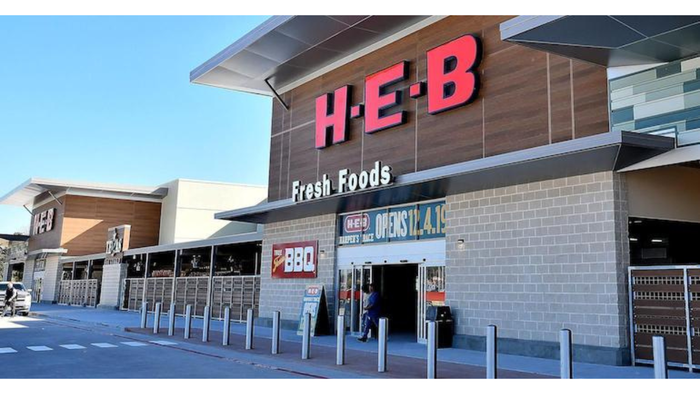Talking shop with... JOSEPH PEREZ
January 1, 2018
The senior vice president of Goya Foods says now is a good time for retailers to make an investment in ethnic foods. What is the state of the ethnic food category at retail today? Joseph Perez: It is vibrant and full of potential. For starters, people don’t have the luxury of dining out as much as they use to, nor do they want to eat the same everyday fare, or at least what is considered everyday fare for some. Today’s consumers are so much more willing to venture into new food categories than years ago. That opens the door for new ethnic staples that perhaps consumers would order in restaurants but would never try to prepare at home. There is also much greater diversity in the U.S. population today and the fences are coming down when it comes to choosing foods. The unknown is starting to disappear. Consumers don’t have that initial hesitation when thinking about eating something different. What drives sales growth in the category? Consumers are eating more at home; yet searching for increased variety while trying to make dining at home a “going to restaurant experience.” Consumers are always looking for something different, trying to broaden their meal base. They don’t want to have the same dish every Tuesday or Thursday, those more willing to try ethnic foods, whether Hispanic or another type, can expand their menus and eat something different every day of the week if they wish. What are the differences between marketing to the core consumer versus new consumers? With the core consumer you don’t have to go into so much detail. They know what a particular item is and how it should be used. Individuals may use an item differently, but ultimately they understand the concepts. When marketing to another group you have to be a bit more patient. It helps to cite instances and offer recipes that consumers are at least partially familiar with so the product doesn’t seem too exotic, which can often give the appearance that using the product might be complicated. What do retailers need to do to bring more consumers into the ethnic food category? How do you help? Retailers need to anticipate what their demographic wants. For example, we help them by breaking down each Hispanic group that lives in a region. That is important because not all Hispanics eat the same way. There may be some products with certain commonality, but each group has signature items and ways of preparation that are distinct; be it Mexican, Puerto Rican, Columbian, Peruvian, Argentinean or Dominican. We, as a company, can guide retailers to the proper mix for the Hispanic population in a particular area by letting them know—within a three mile to five mile radius—which Hispanic groups dominate an area and by extension which products SKUs should be featured in the store. Where should the category be placed within the store? Does it need to be cross merchandised with other categories? It depends on the area and the population. Take Miami for example. Miami is pretty much an Hispanic city so Hispanic foods are not really a specialty item, they are mainstream so there is no need to have them in a small section. They are strewn throughout the store because they are what the majority of the clientele is looking for. Where there is a smaller demographic of Hispanics it makes more sense to have everything together because then it becomes a destination point within the store. So if you are looking for a particular product you don’t have to search every aisle in the store to find it. It really comes down to understanding who is shopping your stores and understanding the demographic you have. Home cooking and a return to basics by consumers have played a leading role in sales growth, what is Goya doing in terms of fueling growth? Goya helps contribute to the growth in several ways. First and foremost, because of the Hispanic population in the U.S. we are looked at as a purveyor of authentic Hispanic or Latin cuisine. However many of our items are adaptable to everyday cooking by non-Hispanics as well. From our main ingredients to the many different condiments that we offer—from Sofrito, Mojo, Adobo and Sazon—consumers can deepen typical flavor profiles putting a new twist on their everyday meals, making them an experience. Our portfolio includes such enhanced time savers as yellow rice mixes; prepared beans in sauce; and finger foods like empanadas, tortillas and arepas.
About the Author
You May Also Like



.png?width=700&auto=webp&quality=80&disable=upscale)
